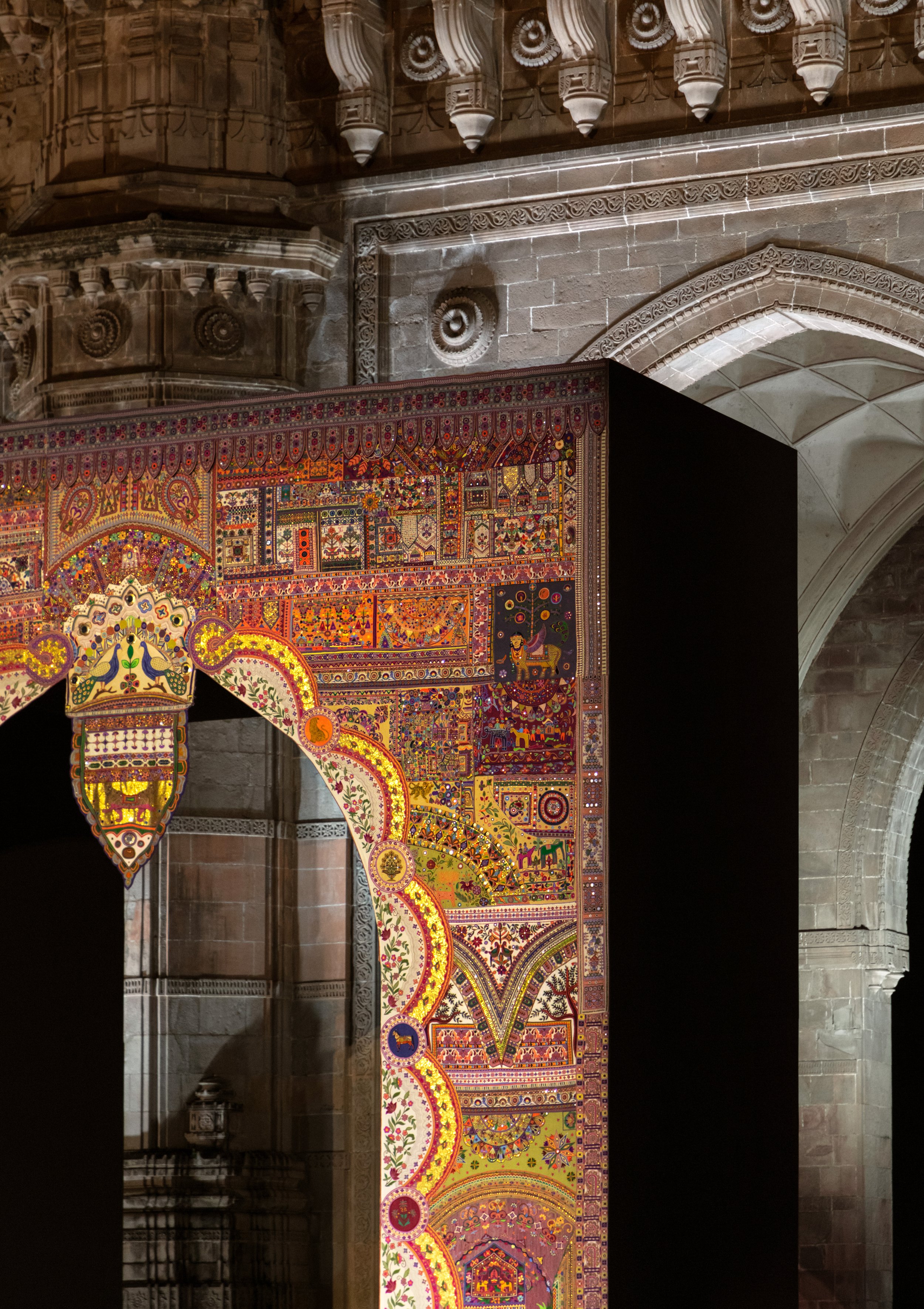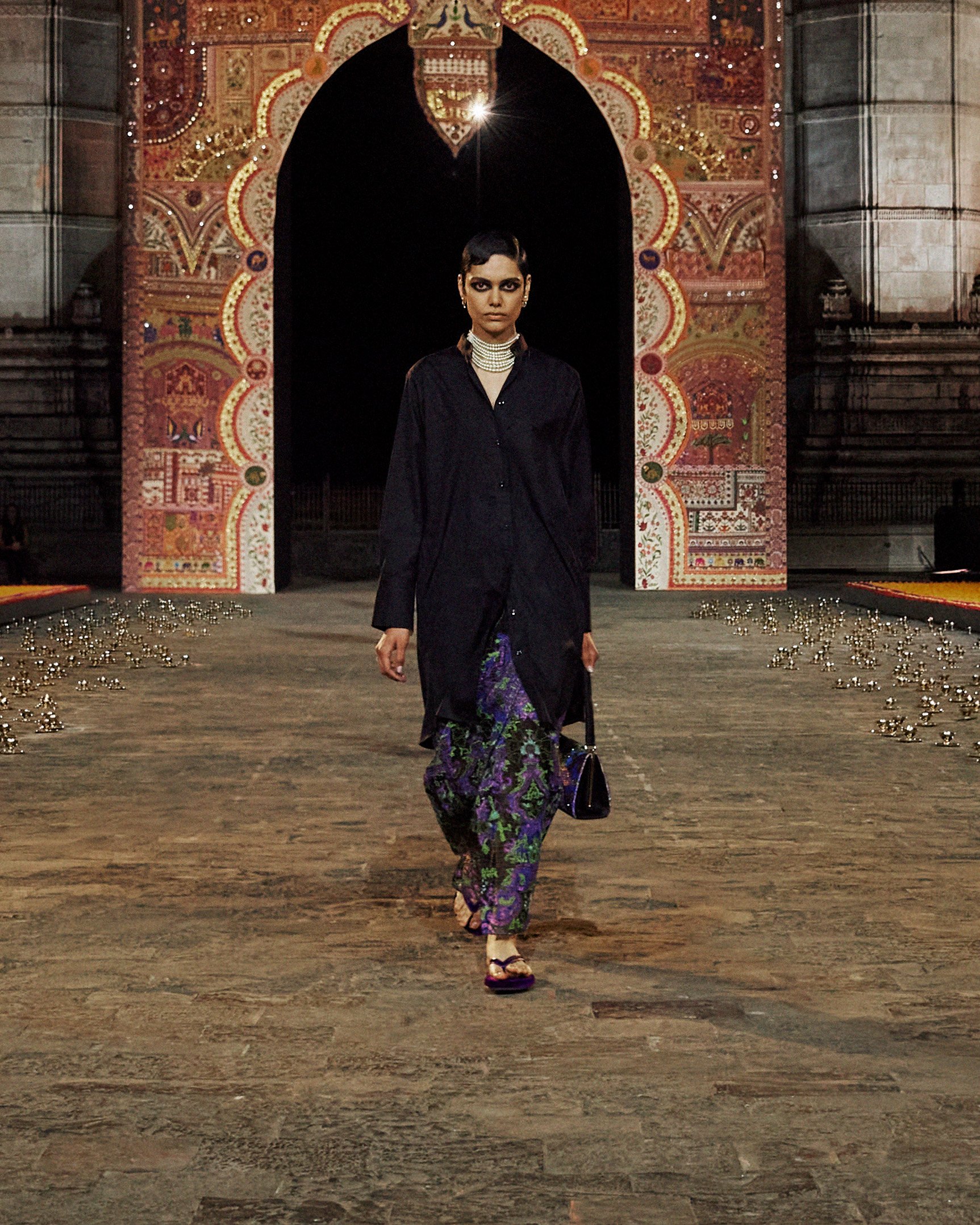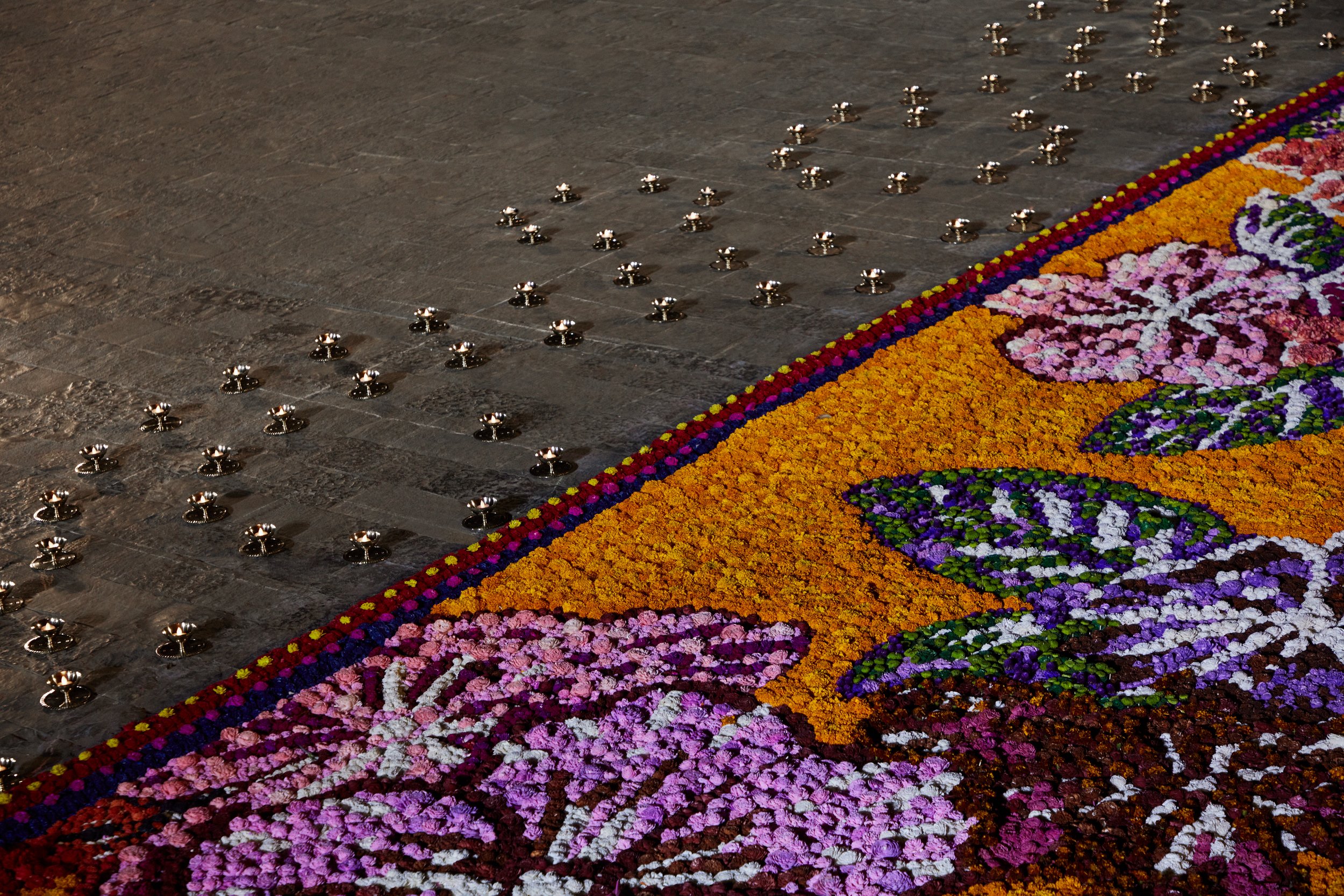“This show with Dior will launch the careers of Indian faces who would otherwise not get an opportunity to exist or access high fashion. “ Zinnia Kumar on 10 years of breaking South Asian stereotypes.
Zinnia Kumar is the ultimate triple threat. With a degree in Psychology and becoming a published scientist with her extensive work on human evolutionary psyche and ecology, she is also an advocate for addressing colonism, and the issues of South Asian representation. Not to mention one of the biggest South Asian models, Zinnia Kumar wants to share a career which encapsulates every side of her as a creative, and most recently becoming one of Dior’s top talent on the catwalk of their Pre-Fall show in Mumbai.
Speaking upon the multitude of experiences and the hard work in fashion that has led her to becoming one of the industry’s most exciting talents, Kumar is also incredibly certain in her goals and ambitions - rejecting and removing the hurtful stereotypes applied to South Asians in Western culture. Retrospecting her experience as an Elite London model, researcher and a scientist of the past ten years, she speaks to Perfect of the importance of bridging all of her worlds together, and her hopes of mentoring and inspiring other girls to go beyond their imagination.
Angel: Zinnia, how did your relationship with modelling begin?
Zinnia Kumar: I was scouted on Tottenham Court Road by my current manager on my way to the university library. I was working three jobs at the time to pay for university, so actually modelling and being paid for it sounded like a dream! In 2016, I became the first agency signed, Indian model from Australia without white ancestry. I think the UK is incredible in that it gives people of colour, particularly South Asians a fair chance on their merit. But, the journey has never been easy and I quit modelling for 2.5 years as the constant racial barriers that made it impossible to exist. They only wanted you if you were born half-white, so I internalised a lot, got very sick and was hospitalised for a grapefruit sized tumour. When I came back to modelling in 2019, it felt like there was space for someone like me with a voice, and a lot to offer. So it’s nice to not be pigeonheld by race alone. I also try and make sure I pass the access baton by scouting and placing minority models in agencies. I am currently Mother Agent to six beautiful girls who I closely mentor.
Angel: What has been your experience with facing the diversity issues in the industry so far as a South Asian model?
Zinnia Kumar: Quite often with the jobs I do, I find that it is the first time it has ever been done by an Indian or South Asian. For example, I was the first Indian to do a Swarovski ad and the first on the cover of Australian Vogue. I think having no major Indian role models who have reached all the fashion milestones is a big deal. From my days as a consumer psychology researcher at UCL and Oxford, my heart breaks when I see brown skinned teens stare at foreign people they can't even relate to. It's no surprise I've heard rumours that the Indian Government wants to put affirmative action of 51% racial Indian representation on all advertising in the country, targeting foreign brands the hardest.
Angel: How is the South Asian fashion landscape changing?
Zinnia Kumar: I think it is moving away from representing South Asians as caricatures when depicted in the West and India, as it should. As beauty and fashion has globally homogenised, Gen-Z in South Asia are not the conservative, hyper cultural group they have been stereotyped to be, they reserve ethnic wear only for weddings and cultural functions. Otherwise, they shop at global high street & luxury brands and look to models and celebs for style inspiration that subverts gender stereotypes and ideas of conservative traditional dress that were set by older generations. There is a style revolution happening in India and amongst the South Asian diaspora globally and it is very exciting! Gen-Z want to see themselves represented and are anti-colonist when it comes to being pushed a whitewashed version of racial South Asianess. There have been wide-scale boycotts of Bollywood celebrities that are part-white and protests against using European models on ads for beauty and ethnic wear. However, brands in the West seem to be slow to catch up to the nationalistic identity movements on the ground and amongst South Asian communities in the West.
On the ground in India in terms of image creation, production and talent management there are about 2-3 organisations which monopolise the entire Western-India cross over advertising fashion market. There needs to be more company diversity as a lot of the imagery, aesthetic and casting looks the same and it isn't tailored to the legacy of each individual brand to connect with the Indian market. That is something my company, The Dotted Line does, it bridges the gap and creates tailored content with high production standards, coupled with South Asian-based creative directors and South Asian studies researchers to keep the identity evolving with the political sensitivities of the market in mind.
Angel: Where do you see the diversity in fashion conversation heading, how should the process around casting change?
Zinnia Kumar: I think this Dior show is a great beginning to showcase versatility and diversity of features amongst South Asians. It would have broke the internet if all 99 models had been South Asian! We are versatile and can do everything, the fact I have to say this in 2023 is BS. But, I have to keep saying this as 5 out of the top 10 luxury fashion brands by income did NOT use a single mono-racial Indian or South Asian female in their advertising or shows for more than 4 seasons. The others don't fare much better, with brands thinking it's acceptable to use either one, or no South Asian models per show. Yet, Dior managed to find 30+ South Asian models, most already with UK, European and American agencies. In all honesty, we would not have seen so many South Asian models on the runway, if the partnership with South Asians at the Chanakya School of Craft didn’t exist. In the future, casting without presumptive stereotypes, no poverty porn or to satisfy cultural stereotypes. Fuck Apu from Simpsons and the Hollywood exotic sex cliches. We should be creating identities that align with the Indian youth and not old white men in marketing exec roles who still think India is the hippy trail of their youth. Hiring South Asian models is pretty simple, just shoot and dress us like you would any other model – and you will find we are quite versatile.
Angel: As a published scientist and biologist, how have these parts of your life informed your relationship with fashion?
Zinnia Kumar: I love working as a model, it informs my research so much. Science is my hobby, fashion is my job and my biggest love. By combining both, I can provide my insights and recommendations to help positively change the industry, from the inside out! I'm a researcher now at UCL in Consumer Psychology and positive behaviour change focusing on sustainable fashion and South Asian marketing identity. I approach issues in a different way to most people within fashion, I always analyse with scientific rigor - go beyond the propaganda headlines, try to give an unbiased, un-opinionated version of the truth (which is difficult when I'm passionate!) and I always let the data speak for itself.
Angel: How would you describe your experience taking part in walking for Dior's first show in India and bringing the two parts of your world together?
Zinnia Kumar: Cathartic. Ten years ago in March I did my first alternative underground photoshoot as I was rejected by fashion agencies for being Indian. Ten years later, to the day, celebrating Indian craftsmanship, talent and region with an international luxury brand - Dior. A show like this with Dior will launch the careers of Indian faces who otherwise would not get an opportunity to exist or access high fashion. I hope it inspires other brands and publications to consider people like me when they think of creating inclusive imagery.


